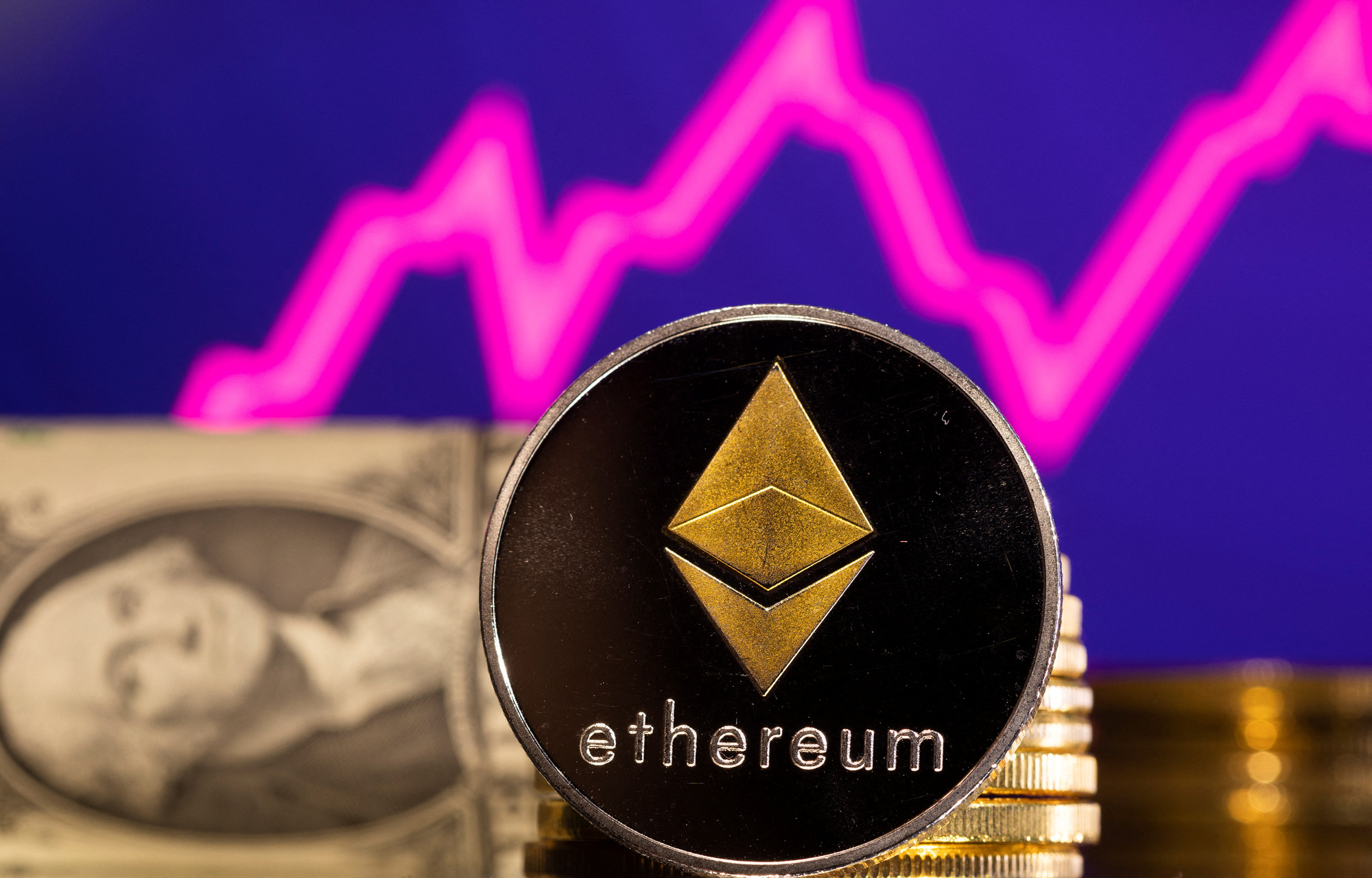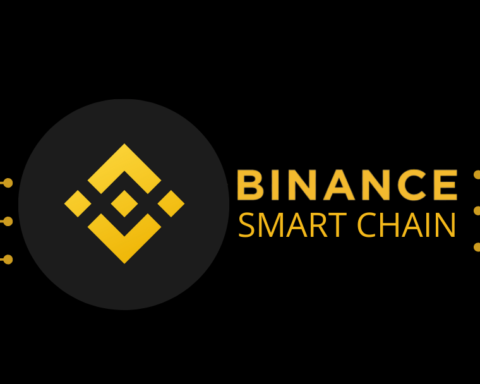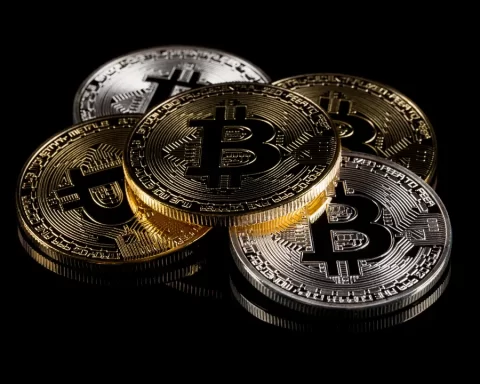On November 23rd, the price of Ether exhibited a slight increase, maintaining its position above the $2,000 mark. This stability followed a brief dip to $1,930 on November 21st.
Over the past week, Ether has seen a 2.5% price surge, while the total market capitalization of the cryptocurrency market has grown by 0.5%.
Several factors contribute to this upward trend, including improved metrics for decentralized applications (DApps), increased protocol fees, and Ethereum’s dominant position in the nonfungible token (NFT) market.
However, the recent regulatory challenges faced by Binance, a major player in the cryptocurrency space, have caused concerns among investors.
Binance accounts for 30% of ETH futures contracts’ open interest and leads in Ether spot trading volume.
The closure of Binance’s $2.35 billion worth of ETH derivatives contracts within a short period could have significant consequences.
Despite initial analyses indicating minimal changes in spreads and liquidity, Binance experienced net outflows of $1.53 billion between November 21st and November 23rd, as reported by DefiLlama.
The regulatory landscape surrounding Binance presents both risks and opportunities.
While some view Binance’s actions as evidence of holding sufficient reserves, others are worried about the $4.3-billion fine facing Binance and its former CEO, Changpeng “CZ” Zhao.
This uncertainty has prompted some Bitcoin advocates to advise followers to withdraw their coins from exchanges.
Even if Binance continues to operate and safeguards all client assets, the long-term effects of full compliance and increased scrutiny remain uncertain.
READ MORE: OpenAI’s CEO Turmoil Sparks Debate Over AI Regulation and Congressional Action
Additionally, the relationship between Binance and stablecoins like Tether, TrueUSD (TUSD), and Binance USD (BUSD) raises further questions.
Government agencies gaining access to previously undisclosed money laundering and terrorist financing operations through Binance, including fiat payment gateways and banking partners, increases the likelihood of regulatory actions against stablecoin providers.
This news has been particularly detrimental to Ethereum, given Binance’s status as the third-largest ETH staker, with $1.24 billion in deposits, according to DefiLlama.
However, recent regulatory developments also offer some positives.
Binance’s move toward full compliance reduces the risk associated with unregulated exchanges, making it more likely for the U.S. Securities and Exchange Commission (SEC) to approve spot exchange-traded fund (ETF) instruments for cryptocurrencies.
Leading industry mutual fund managers, such as BlackRock and Fidelity, have expressed interest in launching Ether spot-based ETFs.
Furthermore, the SEC’s lawsuit against Kraken on November 20th, which lists 16 cryptocurrencies as securities, excludes Ether.
This omission reduces the likelihood of regulatory actions against the Ethereum Foundation and entities involved in the 2015 initial coin offering (ICO), providing a silver lining amid regulatory uncertainties.
In terms of the Ethereum network’s health, Ethereum DApps achieved a total value locked (TVL) of $26 billion on November 23rd, representing a 5% increase from the previous week.
However, a hack significantly impacted dYdX, resulting in a 16% decline in the protocol’s deposits.
While Ether’s market capitalization of $248 billion trails behind Bitcoin’s $728 billion, the two networks generate similar protocol revenues.
Over the past seven days, the Bitcoin network has collected $57.5 million in fees, compared to Ethereum’s $54.3 million.
These figures do not include ecosystem fees from platforms like Lido, Uniswap, or Maker protocols.
Ethereum also reclaimed its leadership position in NFT sales, recording $12.6 million in transactions within 24 hours.
Despite a brief period where Bitcoin led in NFT activity, Ethereum remains the preferred blockchain for prominent NFT projects.
The positive performance of Ethereum on November 23rd can be attributed to improved on-chain metrics, growing expectations of a spot ETF approval, and reduced regulatory concerns stemming from the 2015 ICO.
Discover the Crypto Intelligence Blockchain Council





